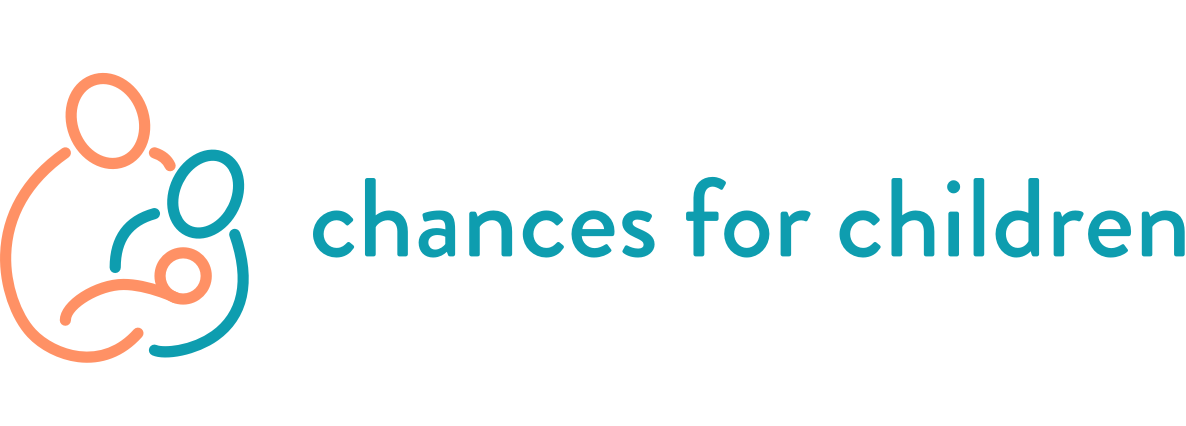ANGISSELLE AND JESUS'S STORY
a story about bonding
Jesus was born during the height of the pandemic, at twenty-three weeks gestation, weighing just one pound. For the six months that he stayed in the NICU, his mom was allowed only one 30-minute visit each week. Angisselle was not allowed to touch her baby.
Jesus had no human contact other than diaper changing, no experience of someone responding to his needs in a consistent manner, and nobody talking to him and looking into his eyes. He did not leave that tiny isolette for six months.
Jesus battled between life and death constantly and Angisselle remembers being brought into a room full of doctors who talked about how her son might die.
Mom touched and held Jesus for the first time, five and a half months after he was born.
When Jesus came home, he spent time passively in his crib. He would not vocalize or cry much -not for milk, nor to be held. Mom thought he was the easiest baby in the world. Yet, Jesus had few expectations for human interaction. He had little sense that he could communicate his needs or that they could be met.
Mom and baby felt like strangers to each other. Angisselle was alone, not knowing how to care for a medically-fragile infant, feeling anxious, sad, and lonely. She kept her emotions at bay and kept her mind busy with work and beginning an online bachelor’s degree program.
Angisselle did not want to think about her traumatic motherhood experience. She did not want to feel. But she was strong and brave enough to ask for Chances for Children for help.
As Angisselle began to feel supported in the context of the secure, consistent relationship that our therapy provided, she was able to hold Jesus in mind, and to connect to his experiences. Speaking about her own NICU experience as a mother, she began to understand Jesus’ emotional world and his mind a little more.
During a therapy session, Jesus began to crawl. He then found himself lying flat on his belly and he froze, terrified. We reflected together on this moment and mom slowly connected Jesus’ current behavior with his NICU experience, “I think this body position reminds him of all those months he spent lying in his isolette, all by himself, feeling lonely and maybe scared.”
Looking into Jesus’ eyes, she reached for him and said, “Jesus, you are home now, and mommy is here to love and protect you.” Jesus looked into his mother’s face, grabbed her hands, stood up, and they held each other in a hug.
From this moment on, we noticed a shift in Jesus’ behavior. He started smiling more, vocalizing his needs and emotions, exploring his environment, playing, and fussing if mom was not around. One day mom said “You know what happened? Today, for the first time, Jesus started crying when the nurse wanted to bring him into a room without me. He never did this before - he would go with anyone. I think it is because now I am his special person, and he needs me nearby to feel safe.”
Now, many months later, Angisselle has graduated from college and is working in field of early childhood. Jesus made a smooth transition to daycare.
When we said good-bye at the end of therapy, mom said “It is painful to say good-bye, and I don’t want this to end. But at the same time, I know all this is sure inside of me.”
We know that sensitive, nurturing, and responsive relationships with caregivers during the first years of life are the building blocks for a child’s healthy socio-emotional development. This, in turn, impacts all areas of the child’s development. When we think of Jesus’ first six months of life, we know he had little to none of this. Through the parent-child therapy we provided, Angiselle was able to bond with her child…


